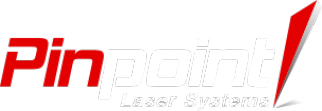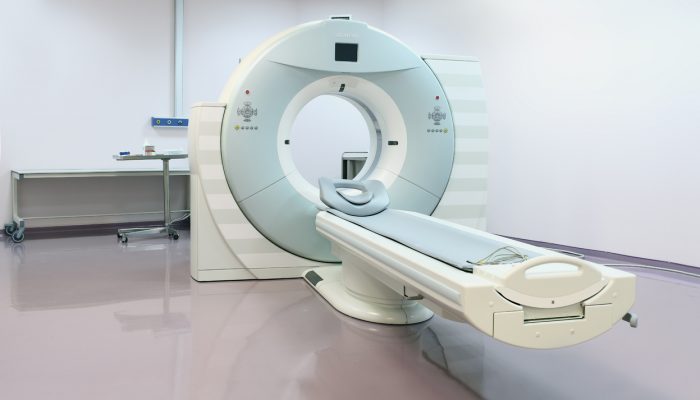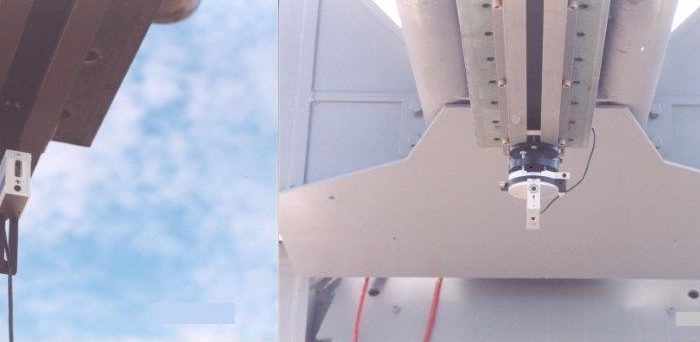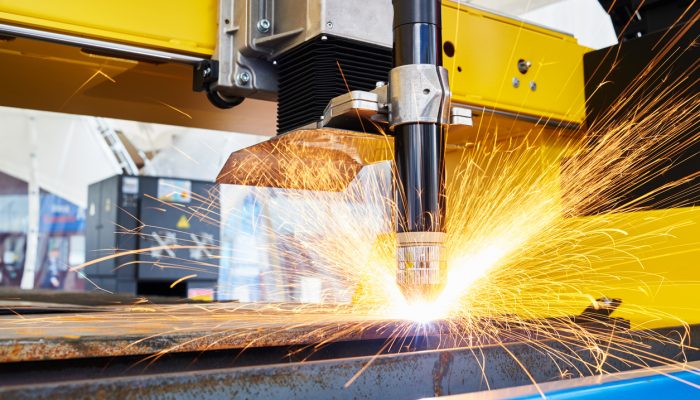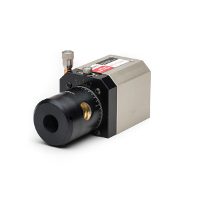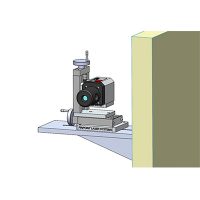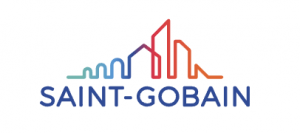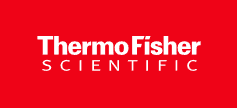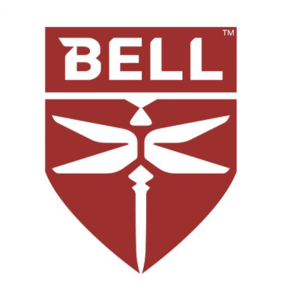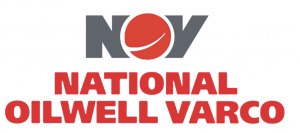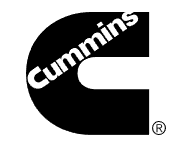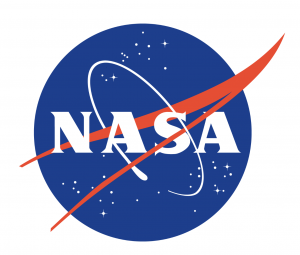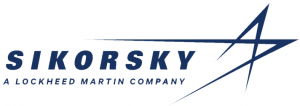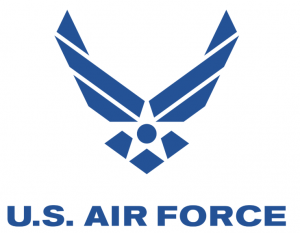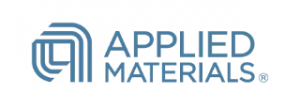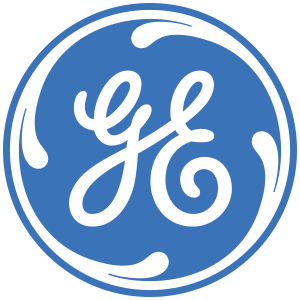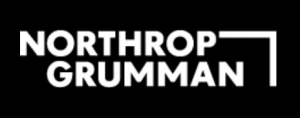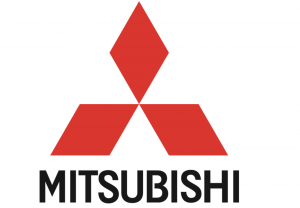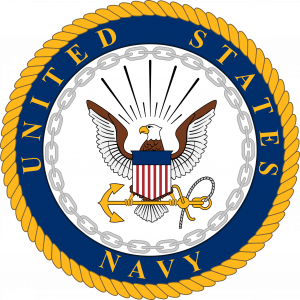
Machine alignment is important in various manufacturing and machining processes. It ensures efficient operations, safety, reduced tool wear, and lower energy costs. Additionally, alignment prevents dimensional inaccuracies and surface defects in final products, helping to maintain high-quality standards.
Linear Axes
Alignment must consider all the axes along which a machine operates to ensure accurate movement and positioning. Production equipment, CNC machines, lathes and milling machines, for example, operate along different axes:
- X-axis: Typically the longest horizontal axis that moves the workpiece or tool. Depending upon the orientation of the machine, and controls, this axis may move left or right relative to the operator on a standard CNC machine tool. Alignment in this axis ensures that the tool or part stays on the correct path along the machine bed.
- Y-axis: The horizontal axis that is in plane and which is perpendicular to the X-axis,. depending on the type of machine, and orientation to the user, this motion is square to the X-axis and may move in and out of the machine tool. Correct alignment of this axis prevents errors in positioning.
- Z-axis: this axis is perpendicular to both the X and Y axes and is typically oriented in a vertical direction.
Rotational Axes
Some machines feature additional rotational axes that control the rotation of the workpiece, tool holder or other components. In rotating or moving machines, yaw and pitch describe the rotational movements around different axes:
- Pitch: the rotation or tilting angular misalignment around a horizontal X axis (up or down). Accurate pitch alignment ensures system components operate smoothly and travel on a predictable linear path.
- Yaw: the rotation or angular misalignment around the horizontal Y-axis. Proper yaw alignment ensures correct angular action and linear predictable travel on the y-axis.
- Roll: this is the rotation or misalignment around the Z-axis. Proper roll alignment ensures that operations in the X/Y plane are accurate and that z-axis operations are linear and accurate.
Laser Measurement of 4 Axes
Laser Alignment systems can evaluate the alignment of machinery across multiple axes. These systems use a precise laser beam to detect small deviations in linear position or angle. While a laser transmitter emits a laser reference beam, a four-axis receiver detects the beam position with a precision of 0.0001 inch and 0.002°.
The receiver can operate in any orientation, measuring the movement or angle of the laser beam in four ways: X, Y, pitch and yaw. By moving the laser transmitter, or using a precise right angle penta prism, the z-axis can be measured as well. Although the receiver does not measure all axes simultaneously, it can take data sequentially and show all readings in real-time on a display.
Applications
The linear measurements provided by the 4-axis receiver help identify runout and centerline errors, while the pitch and yaw readings assist in detecting parallelism and rotational misalignments. Data derived from the receiver can check:
- Lathes
- Spindles
- Stage and slide travel
- Extruder screws and barrels
- Reciprocating machinery
- Milling machines
A cylindrical version of the 4-axis receiver will fit into a cylindrical bore and is convenient for measuring straightness and angular deviations. It is effective for aligning turning centers and spindles, bores, rams and pistons, injection molding machinery and drive shafts. A 4-axis wireless receiver also eliminates the hassles and risks of tangling cables.
When evaluating machinery alignment across different axes, the primary goal is ensuring that all machine parts are properly aligned. This reduces wear, prevents malfunctions, and enhances the overall efficiency of the machine.
Machine alignment in the X and Y and rotational axes can be achieved using one laser alignment system equipped with a four-axis receiver. Making fine adjustments in axes during regular alignment checks can ensure that machinery components are properly aligned for smooth efficient operation and prolonged machinery health.
